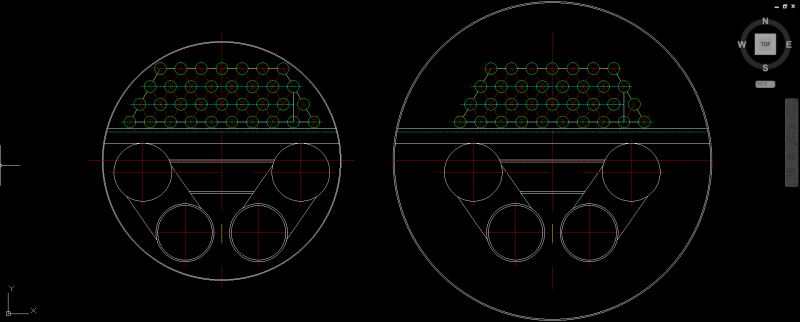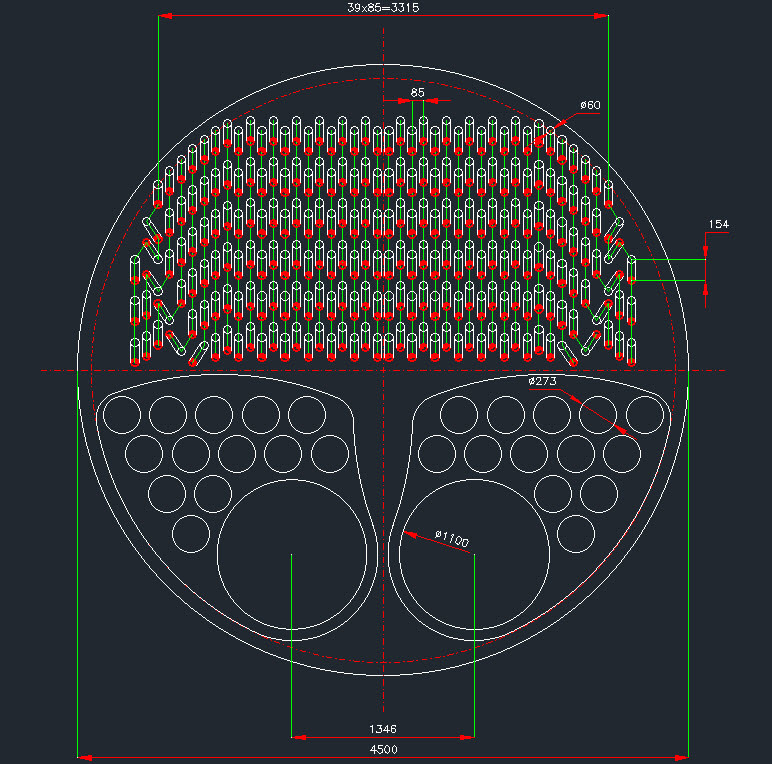Sajjad2164
Mechanical
- Dec 22, 2015
- 55
I have been asked to get the thermal calculations of a heater again and verify them because our company plans to manufacture this equipment in the near future. In the opening pages, there are two topics that I cannot understand how and from what relationship they were obtained. The first issue is the fuel mass flow rate (of course, I have done the combustion calculations and got the air-to-fuel ratio). The next topic is the relationships related to heat flux, convection, and radiation; I cannot find a reference to these relationships.







